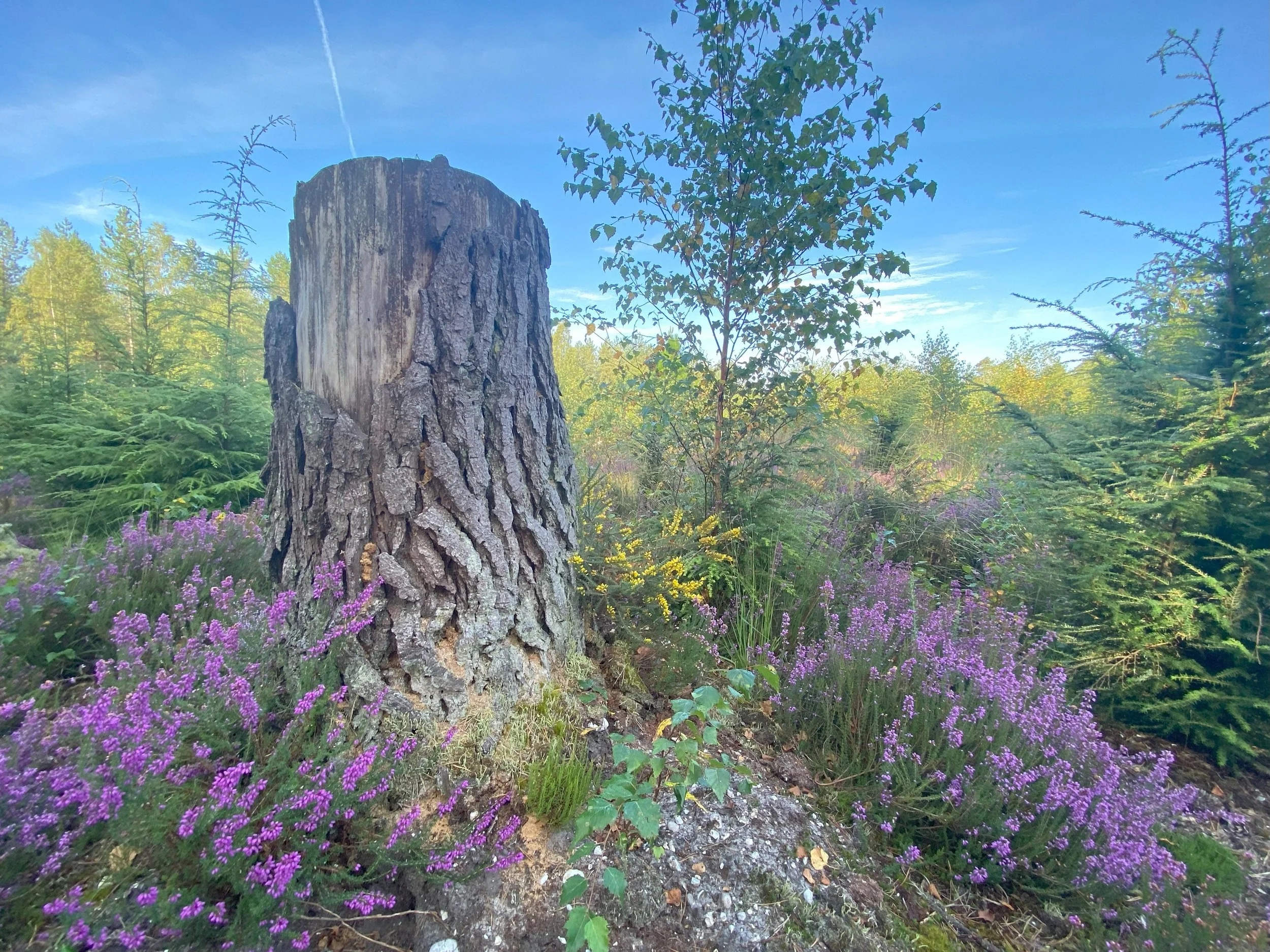We are now 9 months on from the introduction of mandatory Biodiversity Net Gain (BNG), which requires all developments to demonstrate a minimum 10% net gain for biodiversity.
So how have local planning authorities learned and adapted over this period and what are the ecology requirements to support BNG applications?




















